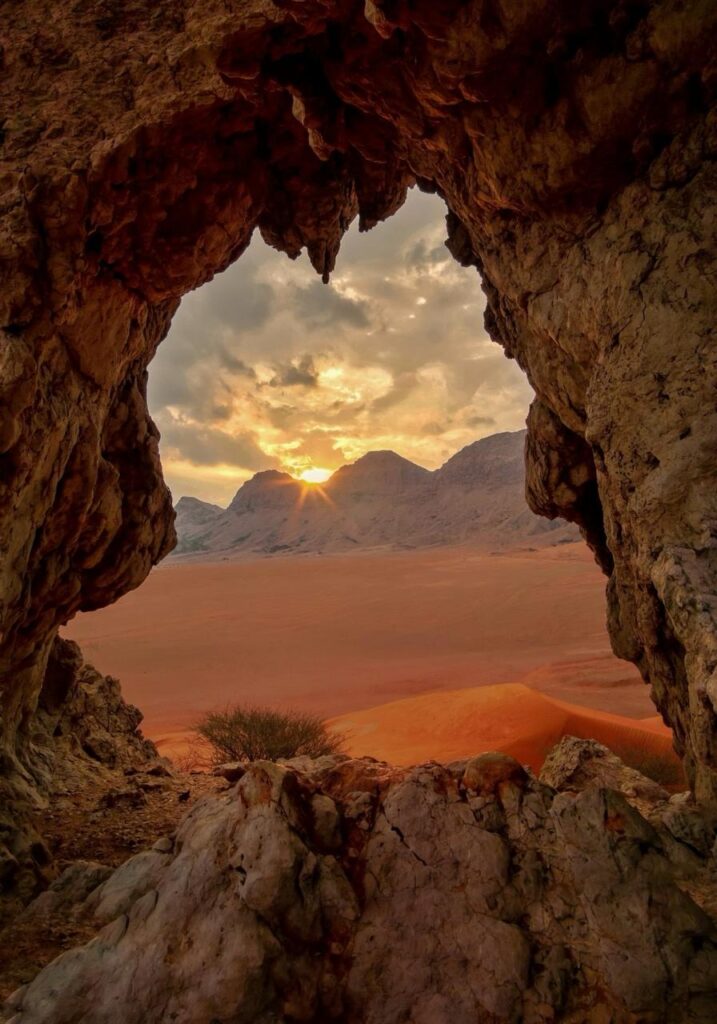Sharjah: Marking a major milestone, Sharjah’s Faya Palaeolandscape has completed 11 years as a key site in UNESCO’s prestigious Human Evolution, Adaptations, Dispersals and Social Developments (HEADS) programme. The recognition reaffirms the UAE’s growing role in global efforts to understand early human migration, adaptation, and evolution.Located in Southeast Arabia, Faya is one of the most scientifically significant Stone Age desert landscapes, offering over 210,000 years of uninterrupted archaeological records. The site has reshaped scholarly views on early human life, proving that the Arabian Peninsula was not just a passageway for human migration — but a thriving cradle of innovation, community, and resilience.Sheikha Bodour bint Sultan Al Qasimi, UNESCO ambassador for the Faya World Heritage nomination, said:“Faya’s long-standing recognition is a testament to the UAE’s commitment to preserving its ancient heritage and advancing global understanding of our shared human past.”

H.E. Eisa Yousif, Director-General of the Sharjah Archaeology Authority, noted that Faya offers groundbreaking insights into toolmaking, burial rituals, and climate adaptation:“It challenges the notion that Arabia was merely a corridor—Faya shows it was a cultural heartland in its own right.”Faya joins a global network of key palaeoanthropological sites, standing alongside icons like South Africa’s Border Cave and Angola’s Tchitundo-Hulu. As Sharjah’s bid for UNESCO World Heritage status advances, Faya continues to inspire international collaboration, scientific discovery, and cultural pride.











